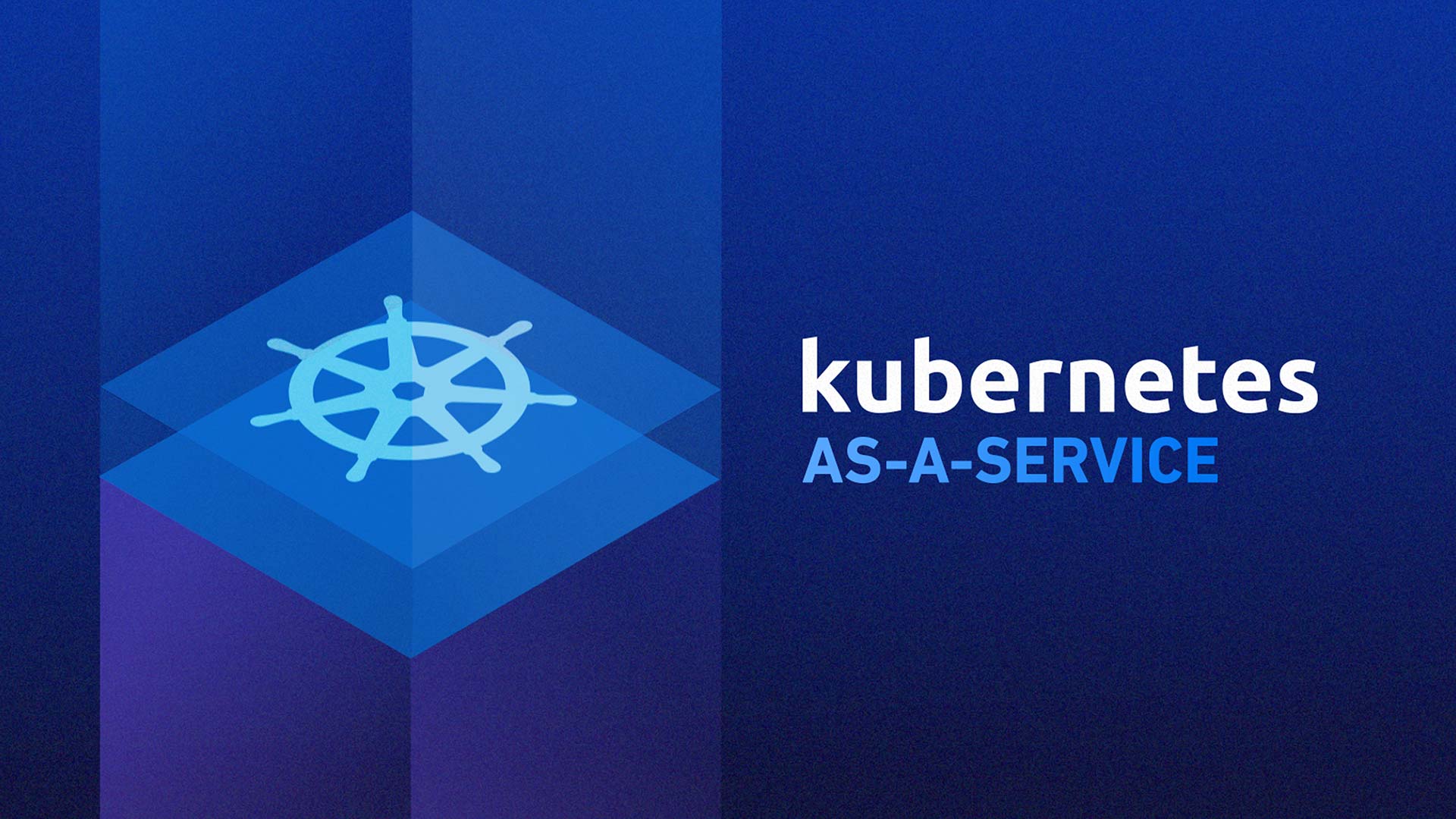Creating a Kubernetes Operator and also Helm Considered to be the most vital part of developing a Kubernetes system. There are many points to think of while creating your Kubernetes Operator and Helm account, but most importantly, you need to inspect if you're doing it right. Don't believe that you can just copy from somebody else's account, as you will possibly lose fundamental parts.
You will certainly need to make a decision which includes you will certainly want for your controller. If you're making a Kubernetes component, you could wish to use a Controller with several components; if you're working with a Kubernetes cluster, it would certainly be much better to make a single Controller instead. In order to create an excellent Operator as well as Helm account, you need to think about the performance that each of the components should have. I will supply a listing of important functions for you to take into consideration before producing your account.
A Kubernetes Controller need to not support lots balancing. You should only have a single Load Balancer in your controller, with the same service names as the others in the controller. If you develop several controllers, each with various lots balancers, you'll require to make a function request for each of them.
If you have a Kubernetes Cluster, the Controller needs to likewise support sublet surveillance and also self-healing. You can run sublet displays, which checks if the cluster is healthy, it will certainly also track any mistakes in your controller, as well as the current collection health and wellness. It will instantly quit, if the cluster runs out cluster sources.
In order to maintain your cluster as much as day with Kubernetes fondness, you will require to mount Kubernetes fondness on your controller and also the collection. On the Administrator panel, click Kubernetes Clusters and also you'll see "Kubernetes Affinity". From right here, you'll discover all the Kubernetes Clusters in your collection and their fondness info.

When you create a Profile for your Kubelet Controller, you need to be able to read the full details of the complete helm account. Ensure you recognize all the features that are provided by your Kubelet. These include information resource, customers, individual roles, databases, and also more.
If you're building a Kubernetes Cluster, you ought to be able to specify a number of points for your Kubernetes Controller, such as Clustering Protocols, Statistics Host, Drivers, and much more. With an excellent Kubernetes Controller, you will likewise be able to configure your configuration objects for your controllers and also use them with your collection. One more point to take into consideration when producing a profile for your Kubelet Controller is if you are using it to run any type of Kubernetes Service, you need to take a look at all the Consistent Namespaces and also Inconsistent Namespaces options supplied by your Controller and also add them right into your template.
If you're making a Kubernetes module, you might want to make use of a Controller with several modules; if you're working on a Kubernetes collection, it would be much better to make a single Controller rather. In order to maintain your cluster up to day with Kubernetes fondness, you will require to mount Kubernetes affinity on your controller kubernetes operator and the collection. On the Administrator panel, click on Kubernetes Clusters and you'll see "Kubernetes Affinity". If you're developing a Kubernetes Cluster, you need to be able to specify a number of points for your Kubernetes Controller, such as Clustering Protocols, Statistics Host, Drivers, as well as much more.